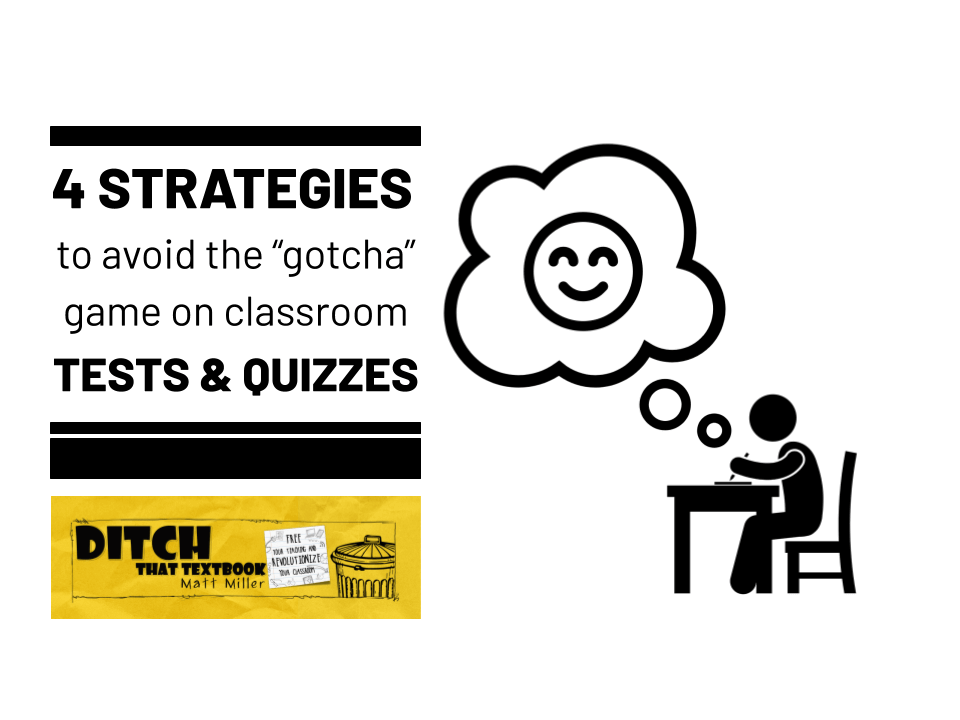
Tests and quizzes should let students show what they know. How can we avoid playing "gotcha" -- catching what they DON'T know? Here are some strategies to use on your next quiz or test.
If you haven't been nailed by the "gotcha" game when you were a student, I'll bet you've seen it as a teacher.
Here's how it works.
- Students studies diligently. Knows SO much about the topic of a quiz or a test.
- Student takes quiz/test.
- Quiz/test asks student for the one or two details that slipped through the cracks while studying.
- Student knows SO much about the topic. But that's the one detail the student didn't know.
- Gotcha.
It's almost like the test -- or the teacher -- saying, "See? I found the one thing you didn't know. GOTCHA."
Often, we don't say it that way out loud. We don't mean it that way. But that's the way many traditional assessments work. And it's wrong.
Assessments should show what students know, not catch what they don't know.
They should help students demonstrate their mastery, not catch them in the "gotcha" game.
So, how can we improve our assessments to show what students know, not what they don't know?
4 strategies to avoid "gotcha" on quizzes and tests
Thankfully, a few small adjustments to the way we do tests, quizzes and all sorts of assessments can move us away from the "gotcha" game.
These test and quiz strategies can be used on paper assessments as well as digital ones. Incorporate some of these ideas in quizzes and tests in Google Forms, Formative, and on other platforms.
I talked about these four strategies on two episodes of the Ditch That Textbook Podcast, which you can listen to below. (Subscribe to the podcast to get short daily episodes with tips, tricks and inspiration for your day.
Here are four strategies you can implement quickly to start getting results:
1. An "everything I know but wasn't asked" question
In a video presentation during the Ditch That Textbook Digital Summit, the topic of "brain dumps" came up. It's a retrieval strategy where students are asked (without being graded) to recall everything they can about a certain topic. Research has shown that brain dumps improve long-term memory.
This idea prompted educator Lexie Schuman to share a strategy she had learned from Twitter:
"Everything I know about this topic but wasn't asked on the test."
— Matt Miller (@jmattmiller) December 30, 2019
WOW. Talk about a GREAT strategy to avoid the "gotcha" game on quizzes/tests. Empowers students to show what they know! #DitchSummit #DitchBook #edchat #powerfulteaching https://t.co/4xw4qK3k1m
The idea is a simple one. Add an extra space at the end of a test asking for "everything I know about this topic but wasn't asked on the test." Students add details they remember, things they've learned, evidence of their mastery of the subject.
It's BRILLIANT. But it's tricky.
In that Twitter thread, the question came up: How do I grade this? Do I give credit for their answers? How does it factor into the grade?
By nature, the question seem like it should be optional for the student -- anything else the student knows.
The "everything I know" grading dilemma
Grading this could be messy. (But let's be honest. Determining a student's true mastery by asking a bunch of multiple choice questions has its pitfalls, too.) I'd LOVE to see your approach to this in the comments below.
Here's one approach: Grade the quiz/test. Then, look at the student's response to the "everything I know" question. Then, ask yourself, "In light of what I see here and the standards, how should I adjust the student's grade to reflect his/her mastery?"
This approach is not fast and efficient like a multiple-choice quiz or test. But it's certainly more human. And it empowers students to show what they know.
2. "Nailed it / not sure" boxes
When students go back over a quiz or test they've taken, it's hard for them to remember what they were thinking when they took it. (It's hard for adults -- anyone! -- to do this.)
Add a space on a test for students to identify how confident they are in their responses. Make sure they feel safe to respond honestly and know that it won't impact their grade.
A suggestion: check boxes for "nailed it" and "not sure." (From Powerful Teaching by Pooja Agarwal and Patrice Bain and their Ditch That Textbook Digital Summit presentation.)
For younger students: a smiley face and a sad face. (Or check and question. Or something similar.)
These boxes are helpful for several reasons:
- They serve as self-produced feedback from students to themselves later.
- They help students know what to study for future assessments.
- They can inform follow-up instruction.
Again, this is non-graded optional feedback students can mark for themselves to see later.
3. An "explain your answers" question
This is a different version of the "everything I know" question. The "everything I know" question is more open-ended. The "explain your answers" question is more focused on just the questions asked on the test or quiz.
This space helps to eliminate the frustration of a misunderstood or poorly-worded question. When the student interprets a question differently than it was intended, that communication breakdown is a barrier to understanding what the student knows.
An optional "explain your answers" question breaks down that barrier.
Benefits: It's more focused than the "everything I know" question. It's more precise and concrete on grading.
Drawbacks: It still pigeonholes students into answering specific questions and can lead to the "gotcha" game.
The "explain your answers" question and the "everything I know" question are two different tools in your text/quiz tool belt. Choose them and use them as you wish.
4. Student-created quiz and test questions
When we (the teachers) create quizzes and tests, students see them as something imposed on them by us. They don't understand the process. It's easy to call them unfair.
When we involve students in the process, something changes.
They see what goes into making a fair, unbiased assessment. (And they start to see how hard "fair and unbiased" really is.)
They understand the reason for quizzes and tests and can help develop questions that reach that end goal.
By seeing the content through a test-maker's eyes, it can make them better test takers -- and help them to study better.
- Ask students how they could show what they know on a quiz or test.
- Ask them to create a question or two that you can use on the test.
- Ask them what feels fair or unfair on quizzes or tests.
The more we make them part of the process, the more they're bought in -- and the less they feel an assessment is something done to them.
QUESTION: Do you have any suggestions or adjustments to these strategies? What other strategies do you use to avoid the "gotcha" game to let students show what they truly know? Let us know in a comment below!

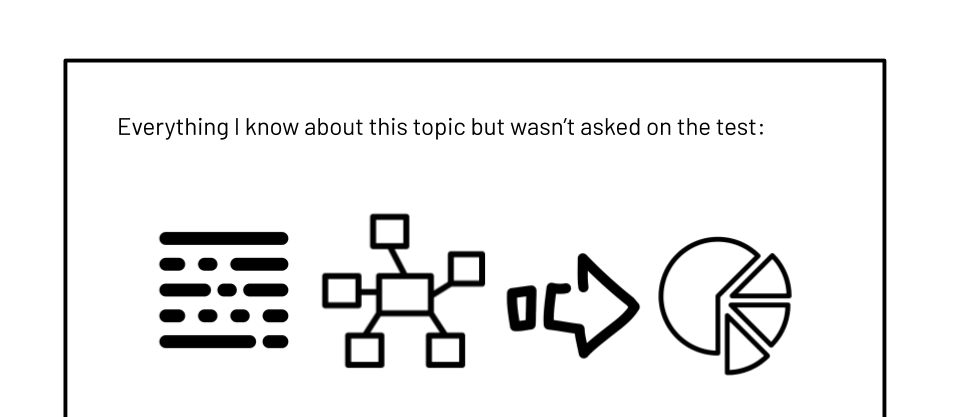
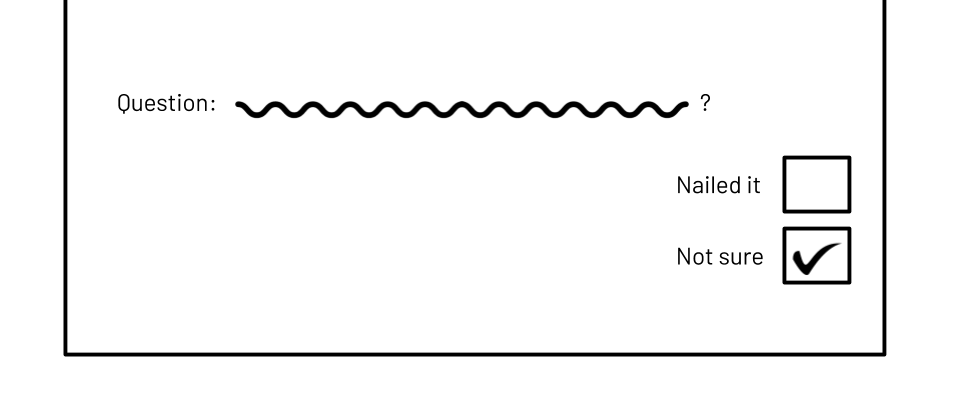
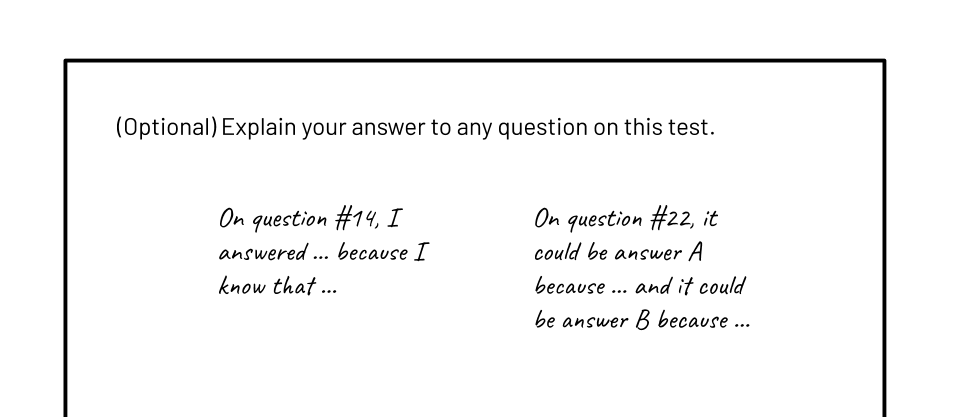
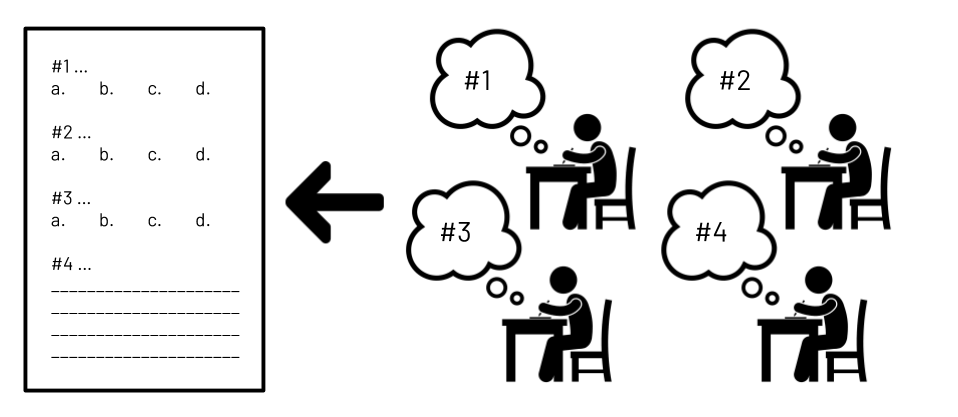

[…] doesn't paint a clear picture of how well developed a student's understanding is. It can lead to a game of "gotcha", catching students with questions they can't […]
[…] As a student, I always hated tests. I studied for hours and never felt prepared. I often tested poorly even though I could have talked to the teacher for hours about the topic. Traditional assessments did not allow me to show what I truly knew about a topic. Many students still feel the same way about tests and assessments. The following suggestions offer a different way for students to showcase their knowledge about a given topic instead of performing poorly on a “one size fits all” assessment (source). […]
[…] 4-classroom-test-quiz-strategies-to-avoid-the-gotcha-game […]
I limit the brain dump. They can write/draw up to 5 things we studied that were not a part of the test. If students can demonstrate understanding of these concepts, I use their “correct” responses to replace up to 5 missed test questions. If they “got” the questions and the brain dump items, they get a bonus point per brain dump item.
Some fabulous ideas here. Striving for student success not gotcha.
Sometimes I tell students they can choose one or two questions to skip on the test. They can pick whichever one(s) they want. This also functions as “test insurance”–some students will still do every question knowing that if they miss one, I’ll count it as their “skip.” They love it because it gives them back a feeling of control and they can still miss one or two questions and get a perfect grade. I still get the assessment feedback I need (I learn a lot from noticing which questions they skip!).
Great idea!